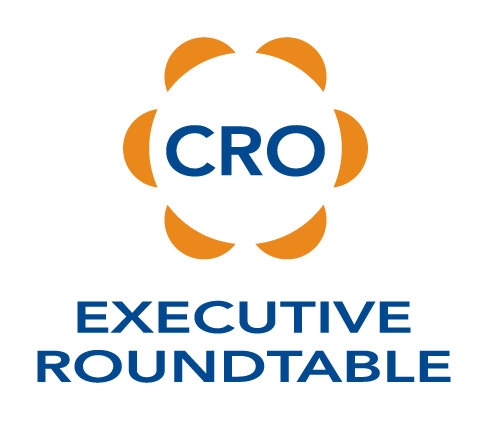Summer is upon us and baseball is in the air. How would you handle your sales team if you had to submit a baseball batting order? Let’s list our starting 9 sales positions.
As a CRO, you are responsible for building your sales team for success. Obviously, there are many variables that drive your roster decisions, but you will need to put together your strongest starting lineup. Here is a baseball lineup based on your team’s sales positions.
1 - Marketing Rep
Hopefully marketing falls under your purview. Marketing sets the table just like a leadoff hitter. You need productivity here to drive your run/revenue production. Bunt singles, walks, etc., we just need good leads to be put in play for the rest of the lineup.
2 - Prospector
The 2 spot belongs to your prospectors - the salespeople who make contact and advance your leads. We can’t have strikeouts here; we need this player to build momentum for the team and pipeline. The prospector should have some revenue/run production so and occasional RBI/closed deal is helpful.
3 - Business Development Manager
You must have your best hitter/closer in the 3 hole. This salesperson closes deals while maintaining your best closing percentage (batting average). They understand selling and successfully beat your toughest competition (pitchers). They aren’t necessarily home run hitters, but they produce RBIs (closed deals) and help set the pace for the rest of your lineup.
4 - Hunter
Your hunters are in the cleanup spot as they swing for the fences. Flashy, strong and competitive, these salespeople close the big deals with big accounts. Yes, they will strike out at times, but they never get cheated at the plate. They get the big deal and then get ready to swing on the next big deal.
5 - Farmer
Your hunters don’t always drive in all the runs which is why you need the farmers in the 5 position. Farmers have some pop in their bats. They can hit some homers on occasion, but it is typically with an existing account. They help improve your revenue by driving in deals the hunters may have missed. Though not as flashy as hunters, farmers can drive in a lot of runs/revenue for your team…they are not to be overlooked.
6 - Channel Manager
At this point in the lineup we need some slap singles and some speed. Channel managers work through their distributors, representatives, value-added resellers, etc. Channel managers aren’t necessarily driving in runs, but they can respond quickly to their channel to assist in closing deals. They keep your company’s solutions at the top of the mind of their channel to drive revenue over time.
7 - Account Manager
This is a defensive specialist whom we hope can provide a hit or two on occasion. Their primary role is to improve customer retention. Putting the ball in play is constructive in the 7 spot. Keeping our customers happy while looking for referrals, or other revenue opportunities, is their focus.
8 - Customer Service
Yes, this position should report to the CRO. We are not looking for run, or revenue, production this low in the batting order. We simply need them to fix problems at our customer’s end. The goal is not to hit into double plays and not to lose customers. Note: a strong customer service person can preserve endangered revenue…do not underestimate the value of this role.
9 - Evangelist
The 9 spot is your second leadoff hitter. They can start a middle inning rally that leads to many runs and more revenue. Similarly, they can cover a lot of ground in the sales world talking about your Differentiating Value and, dare I say it, your solution’s features and benefits. They will spark revenue production, sometimes when you least expect it.
The CRO is the manager and the one responsible for consistent production from these positions. Many teams do not have all of these hitters simply due to size or structure. However, as you build your team for revenue/run production, think of the hitters you need today to be successful. Your lineup will build out as success drives your lineup’s expansion.
If you need help in building your lineup, we can help!











